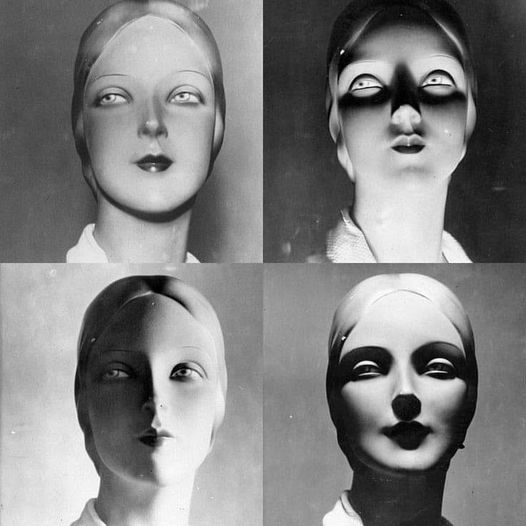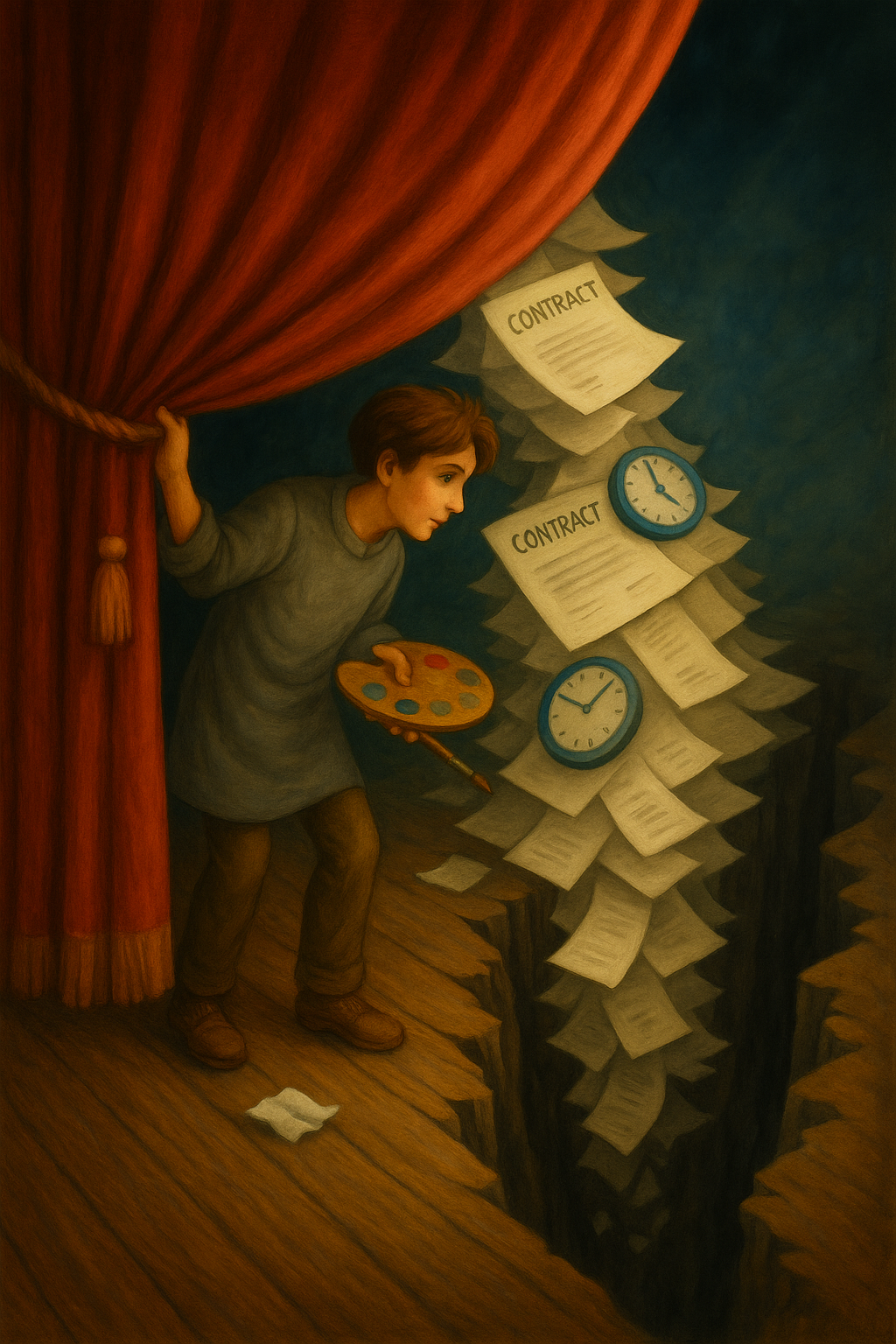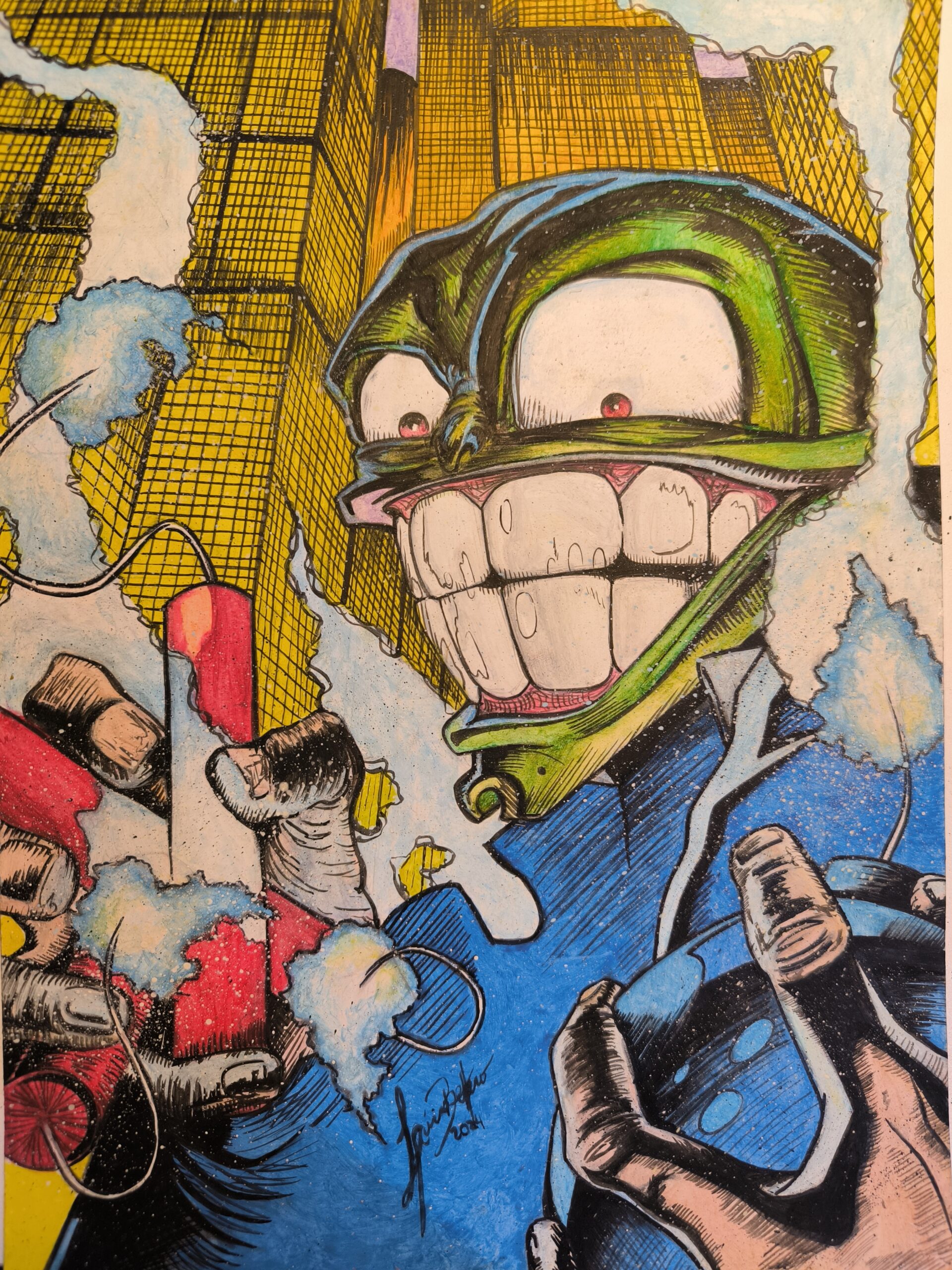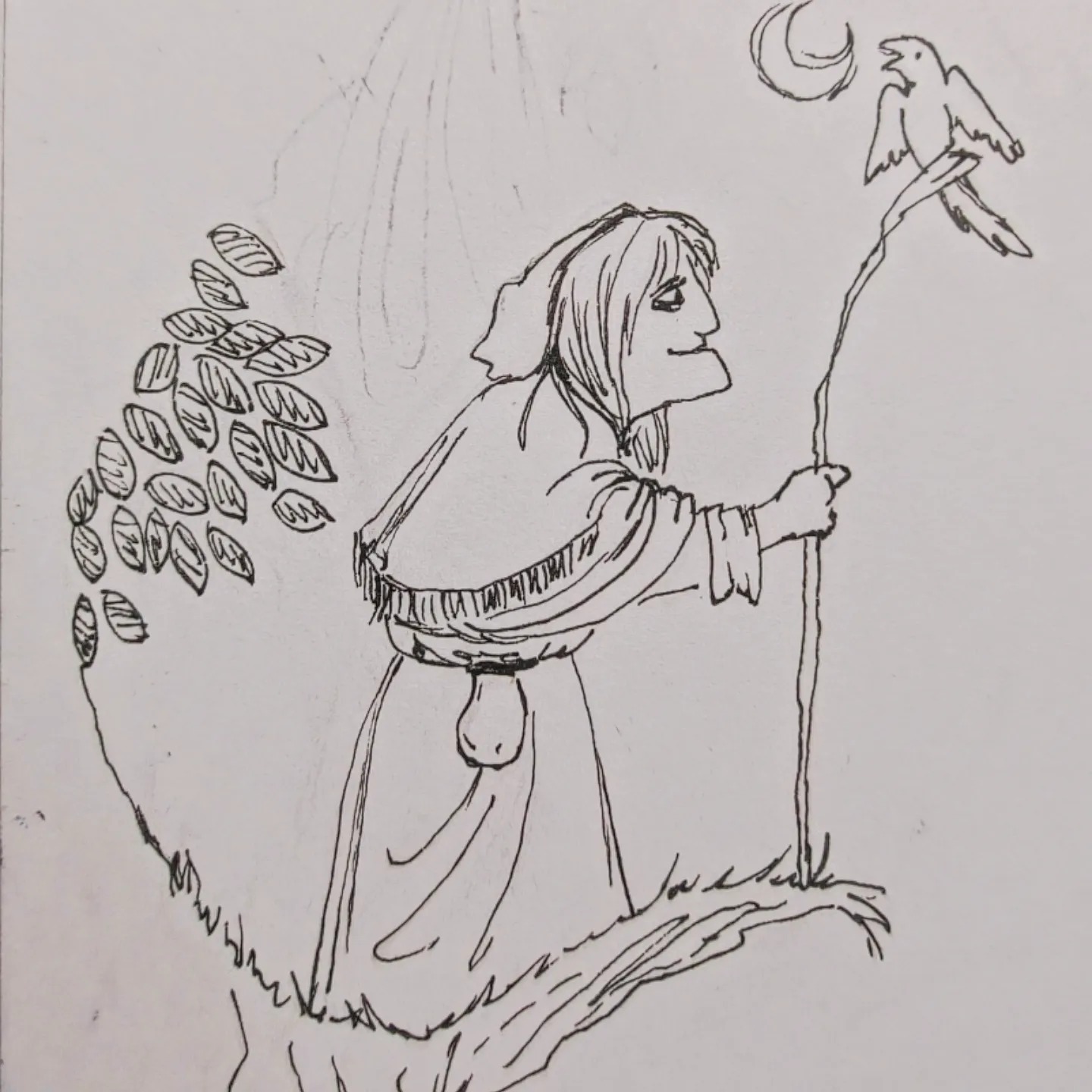A história da arte é inseparável da história da luz.
É pela luz — e pelo que ela não alcança — que percebemos volume, distância, textura, presença. A sombra não é ausência: é construção. E, entre as duas, forma-se o campo de interpretação onde a arte se torna possível.
O chiaroscuro, longe de ser apenas uma técnica, é um modo de ver. É uma linguagem silenciosa que organiza o olhar e sustenta a própria ideia de profundidade. Cada artista, ao trabalhar luz e sombra, decide não apenas o que será visto, mas como será sentido.
A complexidade do visível
No aprendizado artístico, muitos associam realismo à habilidade.
Mas realismo não nasce da reprodução fiel.
Ele nasce da compreensão aguda dos efeitos luminosos:
- a luz que toca diretamente,
- a sombra que se recolhe,
- a penumbra que transiciona,
- o brilho que revela a superfície,
- o escuro que guarda a forma.
O realismo, na verdade, é consequência de uma leitura sensível do comportamento da luz.
Mesmo os artistas mais distantes do realismo — expressionistas, impressionistas, barrocos tardios — estruturam suas atmosferas a partir do jogo entre claridade e escuridão. A luz, quando bem observada, é capaz de sugerir emoção sem que nada seja dito.
A sombra como lugar de mistério
A sombra não é mero complemento.
Ela é espaço dramático.
Em Caravaggio, ela envolve o protagonista como uma cortina densa.
Em Rembrandt, ela suaviza rostos e cria zonas íntimas.
Em Goya, torna-se inquietação.
Nos impressionistas, dissolve-se no ambiente, quase respirando.
A sombra é onde a narrativa se concentra.
Onde o olhar repousa e retorna.
Onde o que não é totalmente visível encontra espaço para existir.
A luz como voz narrativa
A luz, por sua vez, é direção.
É intenção.
Ela decide onde começa a história e onde ela termina.
Pode ser dura, contornando objetos com precisão.
Pode ser suave, espalhando-se pelo ambiente e diluindo limites.
A luz carrega a atmosfera de uma obra e altera o sentido emocional do que é representado. A luminosidade de Vermeer não é a mesma do claro-escuro dramático de Tintoretto — e nenhuma das duas é a mesma da luz vibrante dos muralistas do século XX.
Cada época produz seu modo particular de iluminar o mundo — e, portanto, de compreendê-lo.
Treinar o olhar pela luz
Observar uma obra de arte é observar sua iluminação.
E treinar o olhar é aprender a perceber não só o que a luz mostra, mas o que ela esconde. É entender:
- o sentido do volume,
- o contorno das formas,
- a densidade da matéria,
- o ritmo interno da composição,
- o silêncio que se instala entre os contrastes.
A luz permite compreender a intenção do artista; a sombra, o espaço emocional da obra. Juntas, elas dão corpo ao que chamamos de presença.
Luz e sombra como caminhos interpretativos
A leitura da luz e da sombra não serve apenas ao aprendizado técnico.
Serve à interpretação da obra — à compreensão daquilo que ela sugere:
- tensões invisíveis,
- gestos contidos,
- atmosferas psicológicas,
- estados de espírito,
- símbolos dispersos.
A forma como um artista ilumina sua cena é sempre um comentário sobre o que deseja revelar.
Entre o clarão e o escuro: o lugar onde a arte respira
A arte é feita desses encontros entre visível e invisível.
De luzes que revelam e sombras que guardam.
É nesse espaço — entre o que se pode ver e o que se intui — que se forma a experiência estética.
Luz e sombra são, antes de tudo, maneiras de pensar o mundo.
E quem aprende a percebê-las aprende também a olhar com mais profundidade para as imagens, para a arte e, inevitavelmente, para si.










